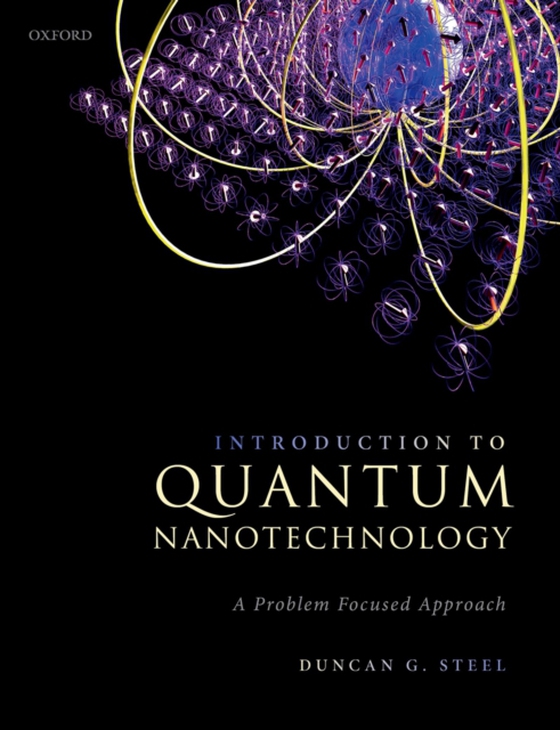
Introduction to Quantum Nanotechnology e-bog
260,50 DKK
(inkl. moms 325,62 DKK)
Quantum is rapidly emerging as a game-changer in technology. The end of Moore's Law for exponential growth is rapidly approaching and engineers and physicist alike are looking at moving past the classical limitations of modern technology and are exploring the new opportunities that quantum behaviour creates in sensing, metrology, communications and information processing. This book serves as ...
E-bog
260,50 DKK
Forlag
OUP Oxford
Udgivet
30 april 2021
Længde
352 sider
Genrer
PHF
Sprog
English
Format
pdf
Beskyttelse
LCP
ISBN
9780192647979
Quantum is rapidly emerging as a game-changer in technology. The end of Moore's Law for exponential growth is rapidly approaching and engineers and physicist alike are looking at moving past the classical limitations of modern technology and are exploring the new opportunities that quantum behaviour creates in sensing, metrology, communications and information processing. This book serves as introduction to quantum theory with emphasis on dynamical behaviour andapplications of quantum mechanics, with minimal discussion of formalism. The goal is to help students begin to learn the tools for a quantum toolbox they will need to work in this area. It is aimed at upper level undergraduates and first year graduate students and assumes the reader has not had anytraining in quantum mechanics beyond what might be encountered in two semesters of introductory physics. The language of quantum is mathematics and builds on what is covered in typically the first two years. The first six chapters introduce Schrdinger's equation and develop the quantized description of common systems that exist in real space like a vibrator, nano-particles, atoms, crystals, etc. Beginning in Ch. 7 and for the remaining nine chapters, the focus is primarily on dynamicalbehaviour and how to think about real quantum systems. Spin, the quantized electromagnetic field, dissipation, loss and spontaneous emission, are discussed as well as quantum optics and the operator equations for common two-state systems such as the quantum flip flop and the density matrix equations. The book is structured so that a two semester course sequence is possible or a single semester course with options discussed in the preface to set different learning objectives. Even a one semester course based on this text covers much more material than a typical upper quantum course for undergraduates in physics, but at the expense of more detailed discussions about solutions to various differential equations such as for angular momentum and the hydrogen atom or band theory forsemiconductors.
 Dansk
Dansk

